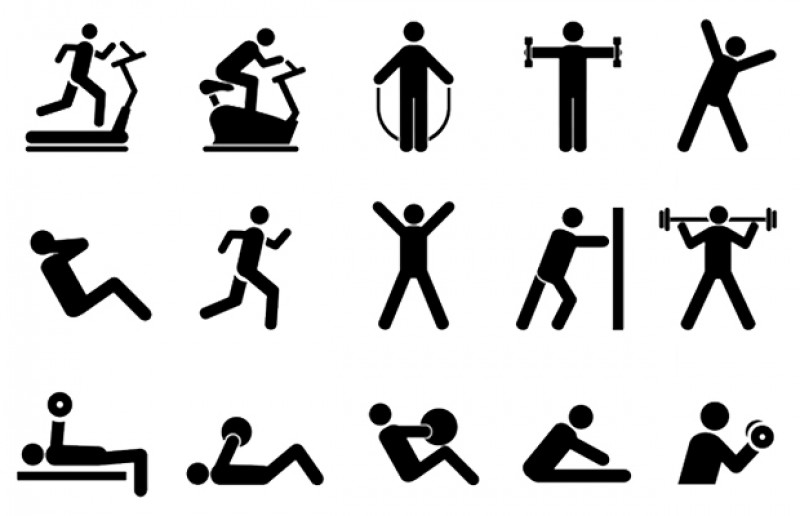
From Specialised Health’s Exercise Physiologist, Ms Jennifer Smallridge
Physical Inactivity Awareness Month, March 2018
Did you know that being physically inactive is the 4th leading cause of death due to preventable diseases1? Exercise and Sport Science Australia (ESSA) is the national body for the field of exercise physiology, and they are dedicated to raising awareness around physical inactivity for the month of March.
As a society we have become skilled at identifying hazardous behaviours such as smoking, excess alcohol and sun exposure, eating too many fatty foods; however physical inactivity as an independent variable is often overlooked when it comes to the prevention and management of chronic disease.
Determining inactivity
So what actually constitutes someone as being ‘inactive’? The National Physical Activity Guidelines stipulate that if you have completed 150 minutes of physical activity in the last week, you are sufficiently active. That’s 2.5 hours, or 5 x 30 minutes, or 15 x 10 minute bursts, out of approximately 117 waking hours – less than 2% of your week!
Keeping the above 7-day recall question in front of mind can also form a ‘quick screen’ for determining current health behaviours and subsequent risk of chronic disease for customers.
Why movement matters
It may not sound like much, but research1 has found that if all Australians did an extra 15 minutes of brisk walking on at least five days each week, the disease burden due to physical inactivity would be reduced by approximately 13%. If this was upped to 30 minutes of walking, the burden could be reduced by 26%. Imagine what would be possible everyone utilised active transport or parked their car a bit further away?
Of particular interest are the seven diseases most closely linked to being inactive, in descending order:
1. Type 2 diabetes
2. Bowel cancer
3. Uterine cancer
4. Dementia
5. Breast cancer
6. Coronary heart disease
7. Stroke
All of the above diseases contribute significantly to health expenditure and burden of disease in Australia, not to mention the impact they have on the quality of life of individuals and their families.
In addition to the above disease states, inactive individuals are also…
⁃ 150% more likely to develop depression
⁃ 23% more likely to develop hypertension
⁃ 82% more likely to develop Alzheimer’s
⁃ 52% more likely to report low levels of happiness.
Those figures alone should make us want to move more!
Are some people predisposed to being more active?
Whilst 55.5% of Australians reported being sufficiently active in the 2014-15 National Health Survey1, we know that more and more people are suffering from conditions that can be linked to a lack of exercise. The decision to participate in physical activity is complex interplay between a number of individual, social and environmental factors.
Analysis of the National Health Survey discovered that the following correlates can determine physical activity participation:
– Socioeconomic disadvantage: Adults in the highest socioeconomic category were 1.5 times more likely to have met the guidelines than those in the lowest
– Health status: Adults who described their health as “excellent” were over twice as likely to have done sufficient physical activity compared with people with “poor” self-assessed health. It makes you wonder which came first – the excellent health, or the decision to exercise? They are inextricably linked.
– Body mass index (BMI): The underweight/normal weight population were 1.4 times more likely to have done sufficient physical activity compared with the obese population.
– Smoking status: ex–smokers and people who never smoked were 1.2 times more likely to have done sufficient physical activity compared with current smokers.
What can be done about physical inactivity?
Exercise Physiologists are exceptionally placed to address this growing problem at an individual, environmental and policy level. Tune into our next Specialised Health update to see what strategies can be utilised to increase physical activity. You might even try some yourself!
References:
1. Australian Institute of Health and Welfare 2017. Impact of physical inactivity as a risk factor for chronic conditions, Australian Burden of Disease Study. Australian Burden of Disease Study series No15. AIHW.


